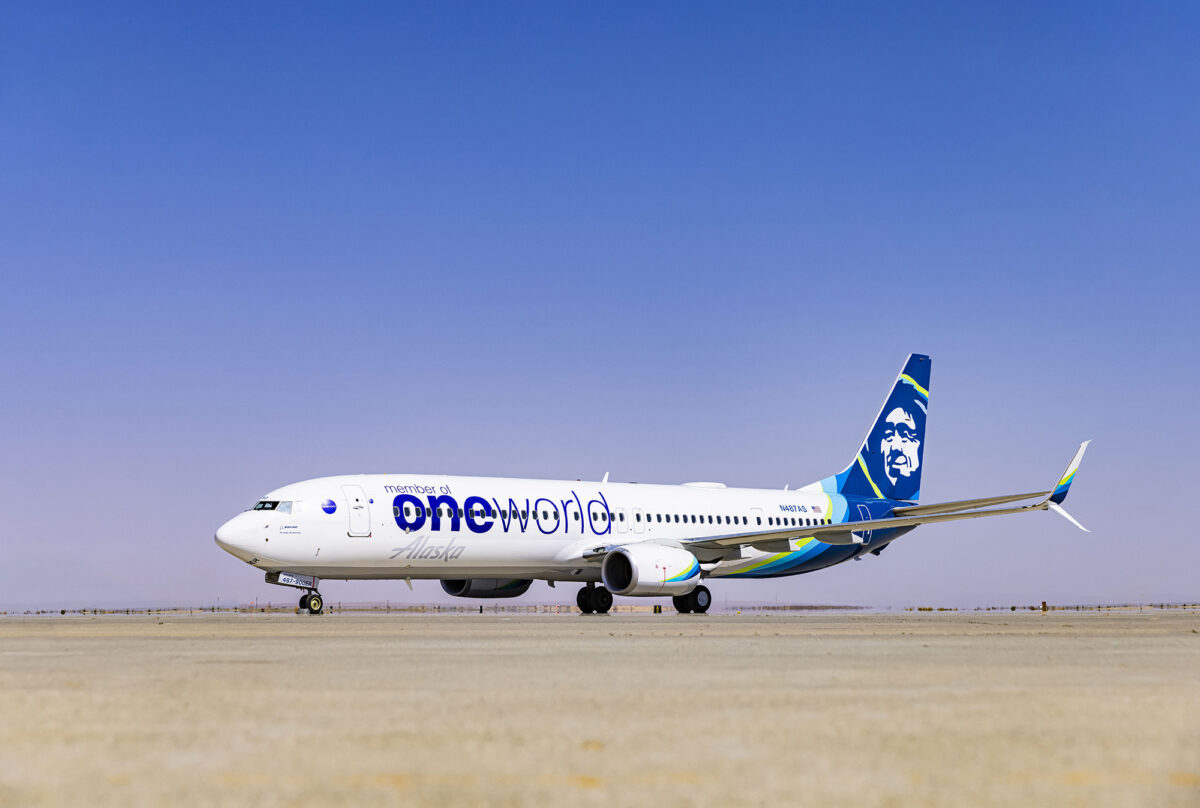Nearly Half of UNESCO Sites Don't Have Plans to Manage Overtourism Challenges

Skift Take
Exploring natural UNESCO World Heritage Sites such as Australia's Great Barrier Reef or Yellowstone National Park in the United States is a top reason why many travelers choose to visit destinations, as unique sites like these collectively receive tens of millions of visitors each year.
A recent study, however, found that many of these sites don't have a tourism management plan in place and aren't doing enough to prevent negative impacts from mass tourism.
Some 105 sites (46 percent) of the 229 natural UNESCO sites, many of which are national parks or wildlife reserves, for example, have no active tourism management plan, according to researchers at Griffith University in Queensland, Australia who were commissioned by UNESCO to analyze the level of tourism planning across the world's natural UNESCO sites.
Tourism management plans outline sustainable tourism development goals such as monitoring the number of visitor arrivals and identifying specific areas zoned for tourists that are the foundation of the UNESCO organization. But only 11 of these natural UNESCO sites have a dedicated tourism management plan that isn't integrated with a larger management plan for the site.
Including tourism planning as one of many parts in a larger management plan is more common than dedicated tourism plans for UNESCO sites. Some 84 sites include tourism planning as part of their overall management plan but don't have a dedicated strategy specifically for tourism.
China, for example, has 12 natural UNESCO sites but only nine have extensive tourism management plans. "In terms of years since listing, newer or more recently inscribed World Heritage sites were more likely to have extensive planning or at least moderate tourism planning, compared with sites that had been listed a very long time ago," the study states. "Possibly this reflects the more recent nature of the tourism growth phenomenon or the greater expectations associated with tourism planning in more recent years."
The researchers used UNESCO's list of 229 natural World Heritage Sites to search the Internet for their tourism management plans -- if they even exist. The analysis doesn't account for UNESCO sites without an online presence or those that researchers weren't able to find through Google searches.
Cultural sites, such as Vatican City or the Pyramids of Giza, weren't part of the analysis and the number of UNESCO sites with tourism management plans would likely be higher if those sites were included in the study.
Some 18 sites have tourism management plans that have expired, such as in Australia where three of its 16 natural UNESCO sites have outdated plans. "Decades of academic research and practical experience have shown that the relationship between tourism and protected areas is complex, partly because of the often conflicting economic focus of tourism and the conservation priorities of protected areas stakeholders," the study states.
Indeed, many of these natural UNESCO sites -- and the others not part of this study -- are the causes of what Skift considers as overtourism. Millions of tourists each year visit Australia, Brazil and Canada, for example, for their natural UNESCO sites and while some of these sites may not currently suffer from too many tourists they contribute to the a city or region's overall visitation.
The lack of tourism planning at many UNESCO sites potentially puts these attractions and tourism boards and local tourism officials on different footing and also impacts the lives of residents and wildlife who live in surrounding areas.
UNESCO's Tourism Planning Problem
Since it was created more than 70 years ago, UNESCO has become more aggressive with encouraging sites to adopt tourism management plans but this wasn't always the norm. "Despite the early focus on recreation and enjoyment of nature by people, the UNESCO World Heritage Convention of 1972 makes only a single mention of tourism, namely in Article 11.4," the study states.
"This article refers to properties on the 'List of World Heritage in Danger,' whereby tourism is seen as a risk factor that threatens both natural and cultural heritage, for example as a result of overuse and physical damage."
Sites also have to report their progress and tourism goals to UNESCO every six years and the study argues reporting should be more frequent. UNESCO designates sites as World Heritage Sites based on tourism management criteria that sites already have in place although planning often becomes less prioritized as time passes, the study found.
Only 65 natural sites (28 percent) have an extensive and up-to-date level of tourism planning. "The mere existence of tourism in planning documents does not guarantee that the level of planning is sufficient," the study states. "The tourism management strategies were assessed with regards to their level of detail."
Researchers considered management plans with fewer than two pages of text dedicated to tourism planning as moderate while those with less than a page are considered minimal.
The Americas UNESCO Sites Lead in Tourism Planning
North and South America sites' combined have the most extensive tourism management plans but that could simply be a matter of geography as Europe has more cultural sites than natural sites, for example, though 20 percent of European sites have extensive plans.
About 28 percent of sites in South America have extensive tourism management plans and nine percent of sites in North America.
Sites in less developed countries, based on the United Nation's Human Development Index, have high rates for measuring visitation and extensive tourism planning though they're less likely to refer to zoning than developed countries and less likely to monitor visitation.
North American sites are particularly likely to survey visitors and their perceptions and also use indicators such as how much garbage tourists leave to monitor impact.
Where UNESCO Sites succeed and Come up Short With Tourism Planning
The charts below represent a 46-site cross-section of the 229 sites part of the study. The 46 sites represent those that have websites in English or Spanish (analysis of websites in other languages was done using Google Translate) that could be more easily analyzed and understood without possible mistranslations.
Percentages expressed below and in the charts only account for these 46 sites rather than all 229 sites part of the study.
Chart 1: The study defines tracking visitor trends as determining visitor numbers, visitation patterns and visitor demographics over multiple years. Only 25 sites (53 percent), cover visitor trends in their tourism management plans. The study found rates of discussing visitor trends increase as the level of country development decreases.
| Natural UNESCO Sites Where Tracking Visitor Trends is Part of Tourism Management Plan | % Tracked |
|---|---|
| Asia | 60% |
| Africa | 70% |
| Europe | 55% |
| North America | 75% |
| Pacific | 25% |
| South America | 55% |
Chart 2: More sites track visitation separately rather than track it as part of visitor trends. Some 36 sites' tourism management strategies include tracking visitation with similar rates of inclusion across all country development levels and continents.
| Natural UNESCO Sites Where Tourist Visitation is Tracked | % Tracked |
|---|---|
| Asia | 60% |
| Africa | 85% |
| Europe | 65% |
| North America | 95% |
| Pacific | 65% |
| South America | 90% |
Chart 3: Some 89 percent of these sites monitor the positive and negative impacts of tourism but only 21 sites (47 percent) provide specific indicators to monitor. Monitoring is done using multiple methods including entry fees and permits, gathering data on visitor days and nights (24%) and using tour company data.
| Natural UNESCO Sites Where Tourism Impact is Monitored | % Tracked |
|---|---|
| Asia | 50% |
| Africa | 90% |
| Europe | 75% |
| North America | 80% |
| Pacific | 80% |
| South America | 70% |
Chart 4: Forty sites (87%) discuss zoning within their tourism management strategy. The approaches range from having a 'no go' tourist zone to having extensive zoning plans with various levels of visitor use and access. Of the six sites that do not cover zoning, all are located in Europe or the UK. The analysis also showed that zoning as a management tool is more prevalent in countries in which tourism contributes a higher percentage of GDP.
| Natural UNESCO Sites Where Tourism Planning Includes Specific Tourist Zones | % Tracked |
|---|---|
| Asia | 100% |
| Africa | 100% |
| Europe | 30% |
| North America | 100% |
| Pacific | 100% |
| South America | 100% |
Source: Griffith University




